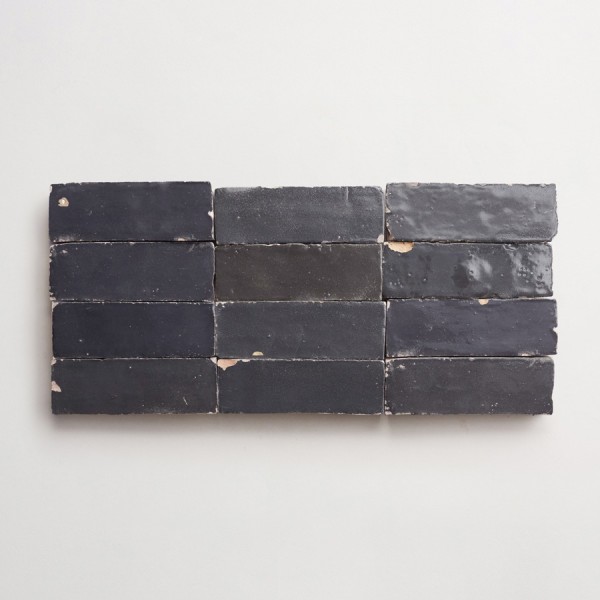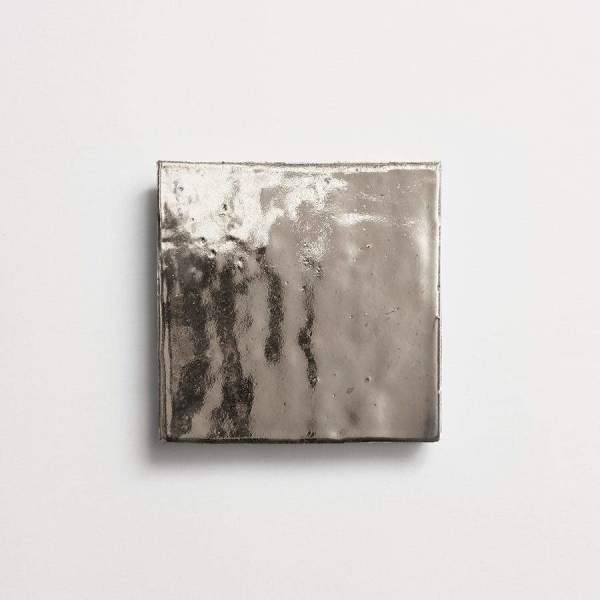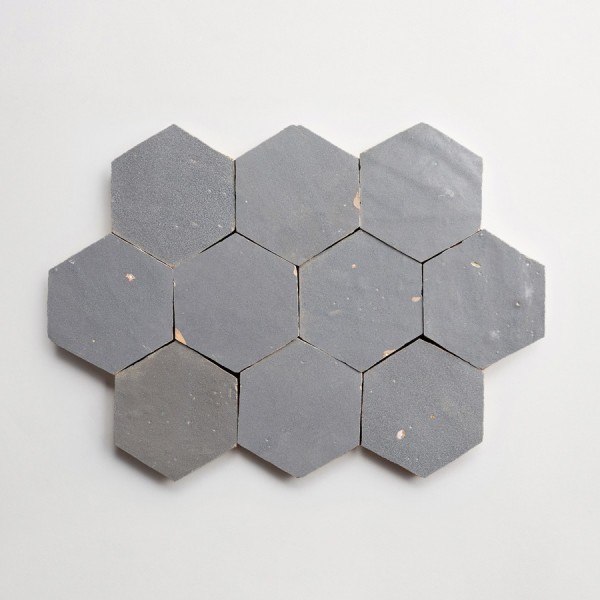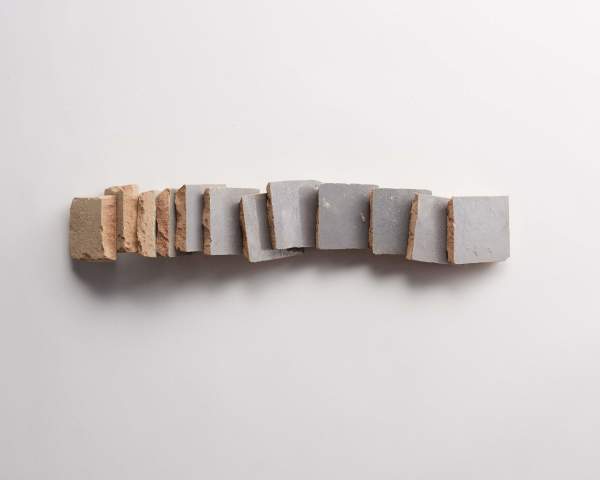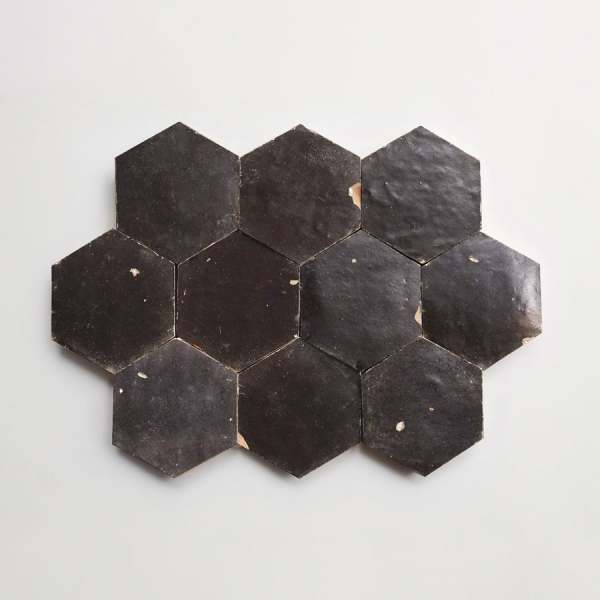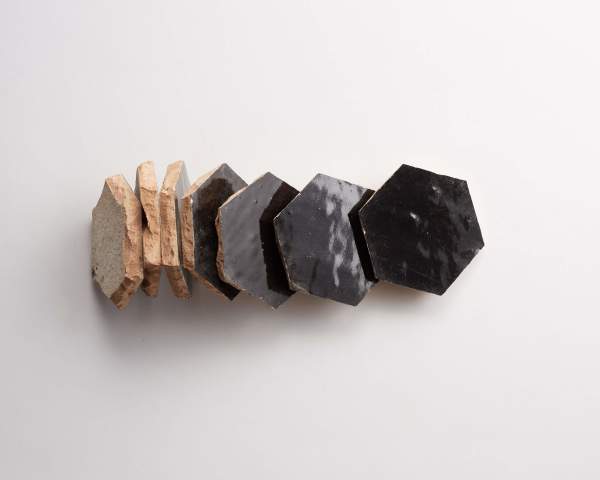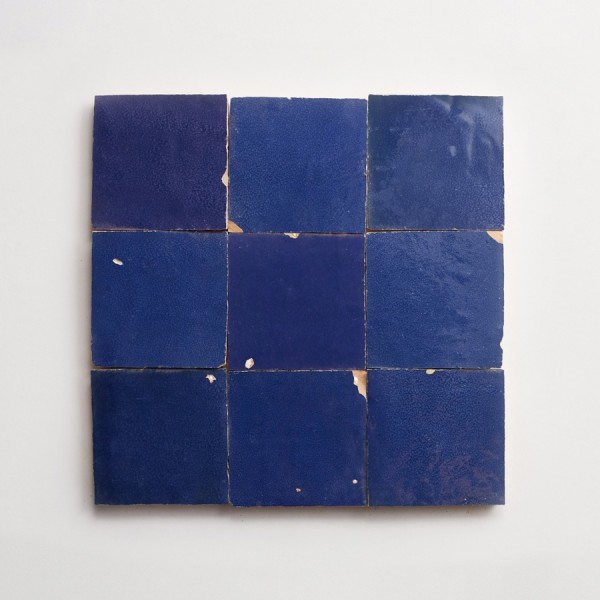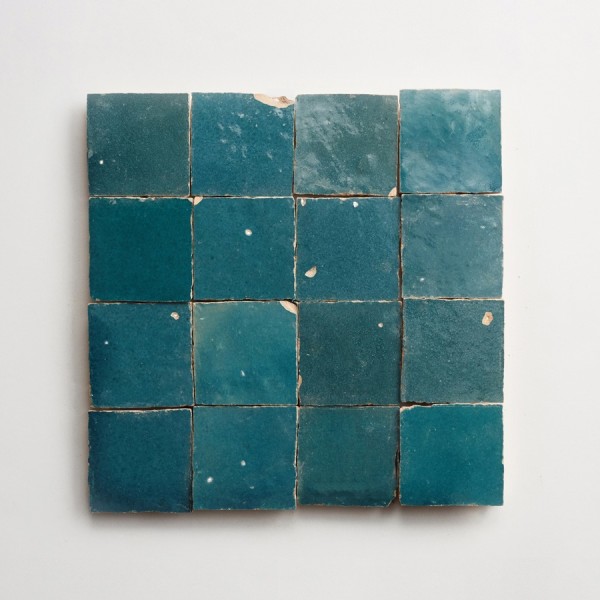clé zellige moroccan tile
clé zellige moroccan tile faq
What is a Zellige tile?
Zellige tiles are a breathtaking form of mosaic tilework from Morocco. Crafted by hand for centuries, these intricately patterned tiles bring rich color and artistry to homes and buildings.
Each zellige tile is a glazed terracotta piece, chipped into shape with curved edges. When arranged together, the unique shapes form mesmerizing geometric patterns full of depth and texture.
The glazes used in zellige tiles create a brilliant array of colors, and the designs can be simple quatrefoil patterns or mind-bendingly intricate Moroccan-inspired motifs. Either way, no two installations are ever exactly alike thanks to the tile’s handcrafted nature.
Producing authentic zellige is a painstaking process mastered over generations by Moroccan artisan families. They source the clay, glaze and fire each tile before meticulously setting them one by one.
This labor-intensive creation is part of what makes zellige so unique and treasured. Each installation is a stunning work of art radiating culture, history and unmistakable Moroccan flair.
What are the different types of Moroccan tiles?
Zellige tiles are quintessentially Moroccan. These intricate, glazed terracotta tiles feature complex geometric patterns created by skillfully chipping away at the tile surface. The art of zellige has been passed down for centuries, with artisans meticulously cutting each tile by hand.
The tiles range from solid colors to multicolored designs blending hues like turquoise, saffron and emerald green. Their luminous finish gives an artful, one-of-a-kind look to any space.
If zellige tiles are the artistic heart of Moroccan tilework, bejmat tiles are the sturdy backbone. Unglazed and made from dense terracotta, bejmat tiles exude rustic charm and handcrafted textures. Their earthy red and orange hues add warmth and character.
Bejmat tiles are exceptionally hardwearing, perfect for heavy traffic areas like entryways or patios. The slightly pitted surface provides slip resistance, making them ideal for bathroom floors, too.
For a contemporary take, Moroccan cement tiles are vividly colored, with mineral pigments tightly compressed into the surface for brilliant, fade-resistant designs. Floral and geometric motifs burst with personality in any hue imaginable.
Cement tiles are versatile for walls or floors and offer a smooth, polished finish. While not authentically "Moroccan" in origin, their bold patterns complement traditional tilework beautifully.
Arguably the most intricate and labor-intensive, mosaic zellij tilework features thousands of tiny zellige pieces painstakingly fitted together like an elaborate puzzle. Zellij mosaics adorn fountains, archways and other architectural elements with mesmerizing intricacy. Each zellij mosaic is a true work of art, displaying infinite variations of complex geometry.
Are Moroccan tiles good for bathroom?
Moroccan tiles are a great choice for bathrooms. They’re colorful, versatile and relatively low maintenance. However, there are a few things to keep in mind when selecting specific types of Moroccan tile for bathrooms.
For example, zellige tile requires sealing to prevent wear, stains and chips and will need sealant reapplication every few years. Yet once sealed, they’re stain-resistant and fairly easy to clean, wiping down nicely with simply a wet cloth. Zellige tile is also full of character, being handmade, so they create a rustic, charming look in bathrooms, but that uneven quality can make cleaning a tad more difficult.
Bejmat tile is typically used for bathroom floors, but you’ll want to seal unglazed bejmat to help prevent wear and stains. They clean easily, requiring only mild soap and water to shine. Like zellige, their uneven surface can make cleaning a little more challenging, but overall, not bad–and their slightly pitted surface makes for good traction in wet bathrooms.
Cement tiles are great bathroom options, especially for floors. They’re durable, versatile and pretty easy to clean. They’re porous, too, which provides a slip-resistant surface for bathroom floors. On the flip side, that porousness means they’ll need sealing once every 2-3 years. And they can be a bit cold underfoot, which some people may find less than ideal for keeping warm in the bathroom.
























